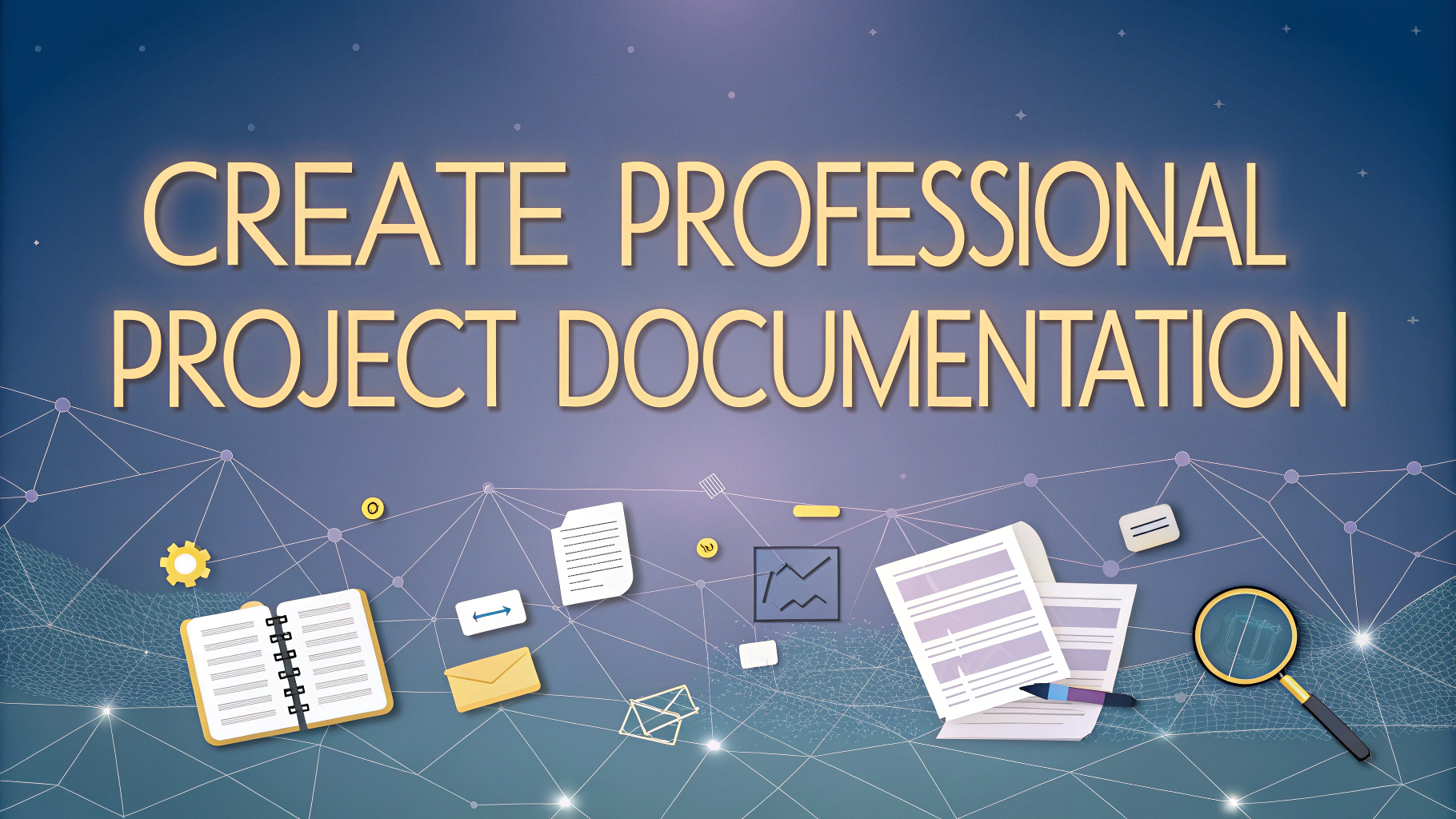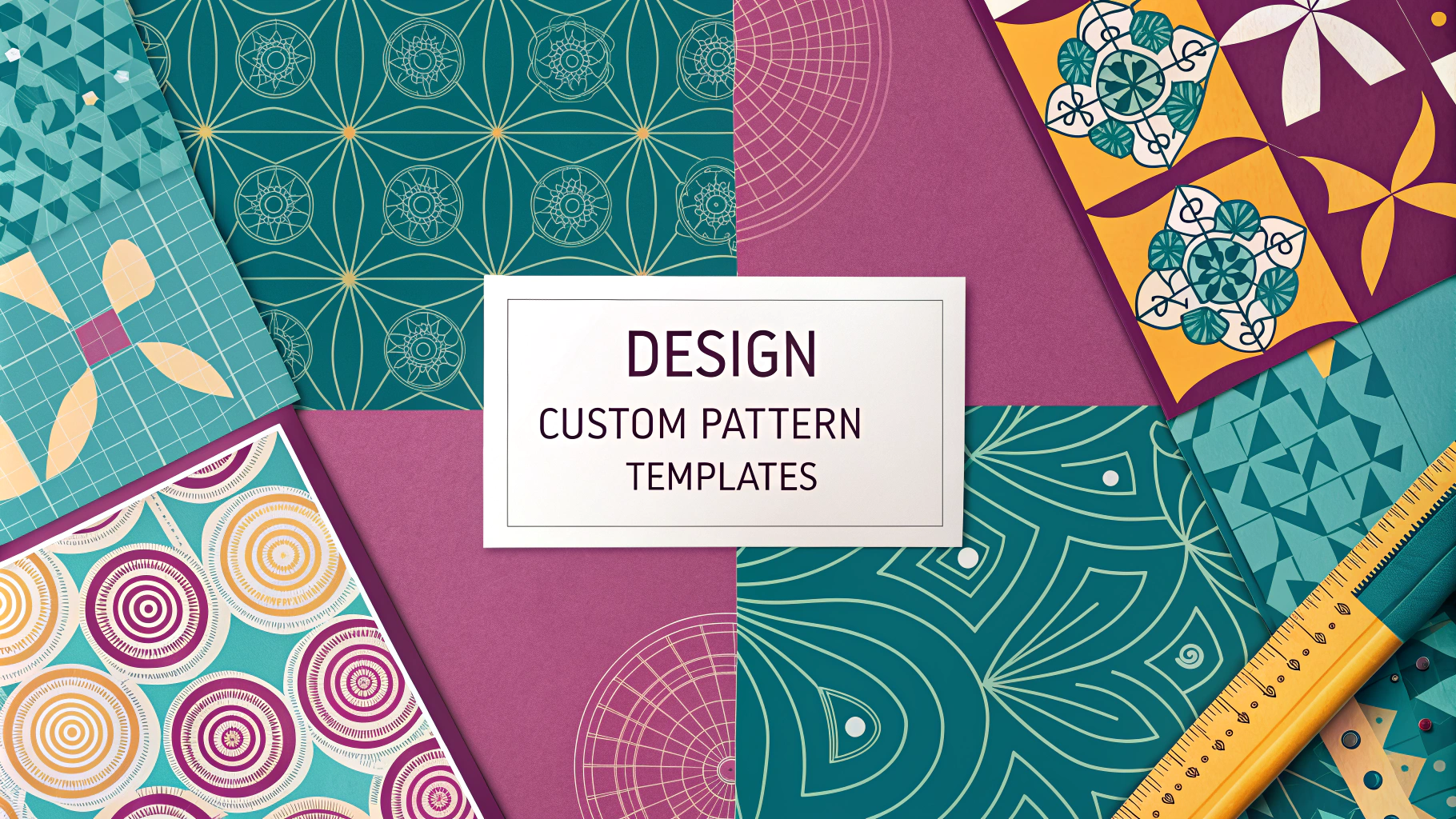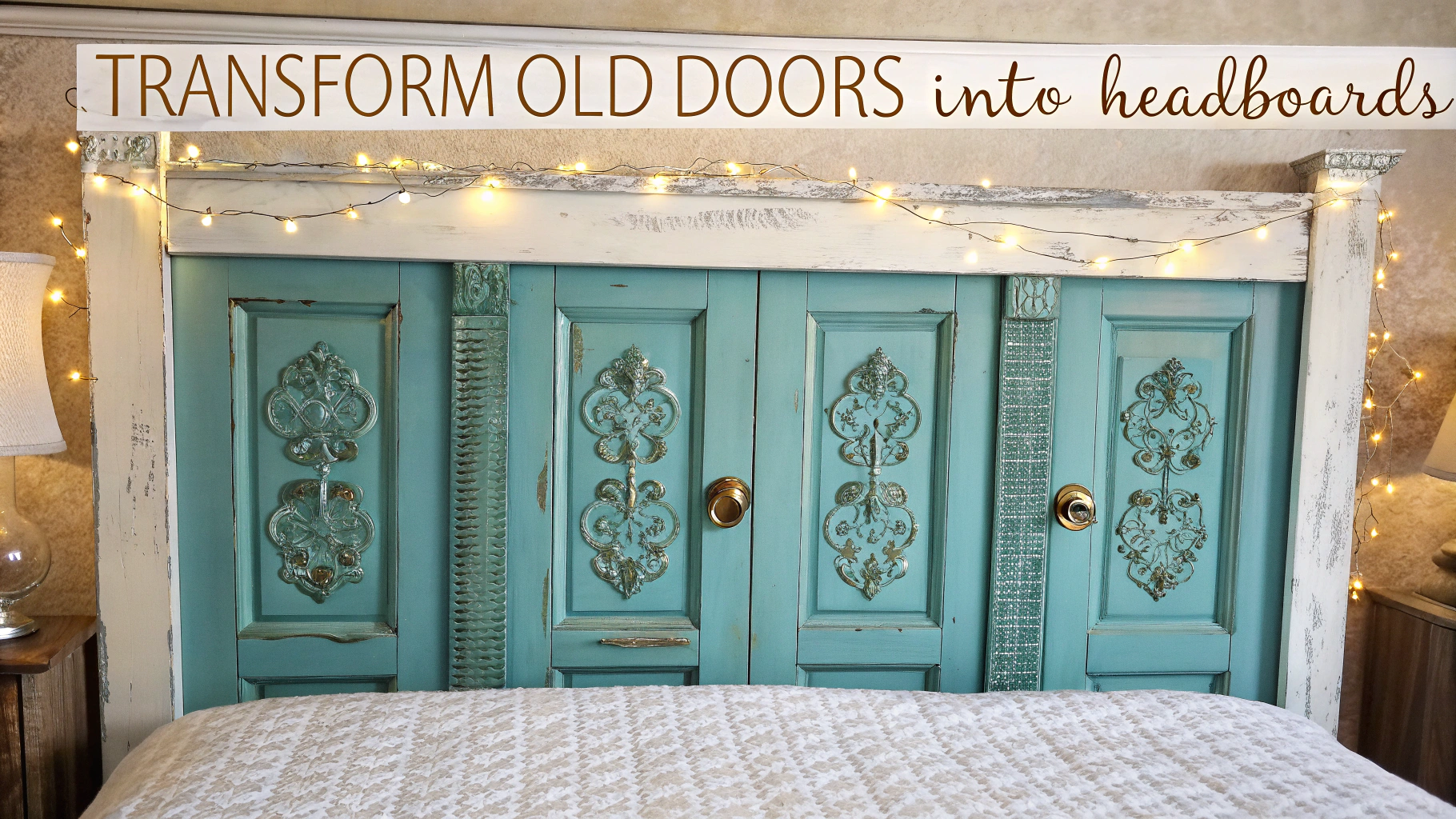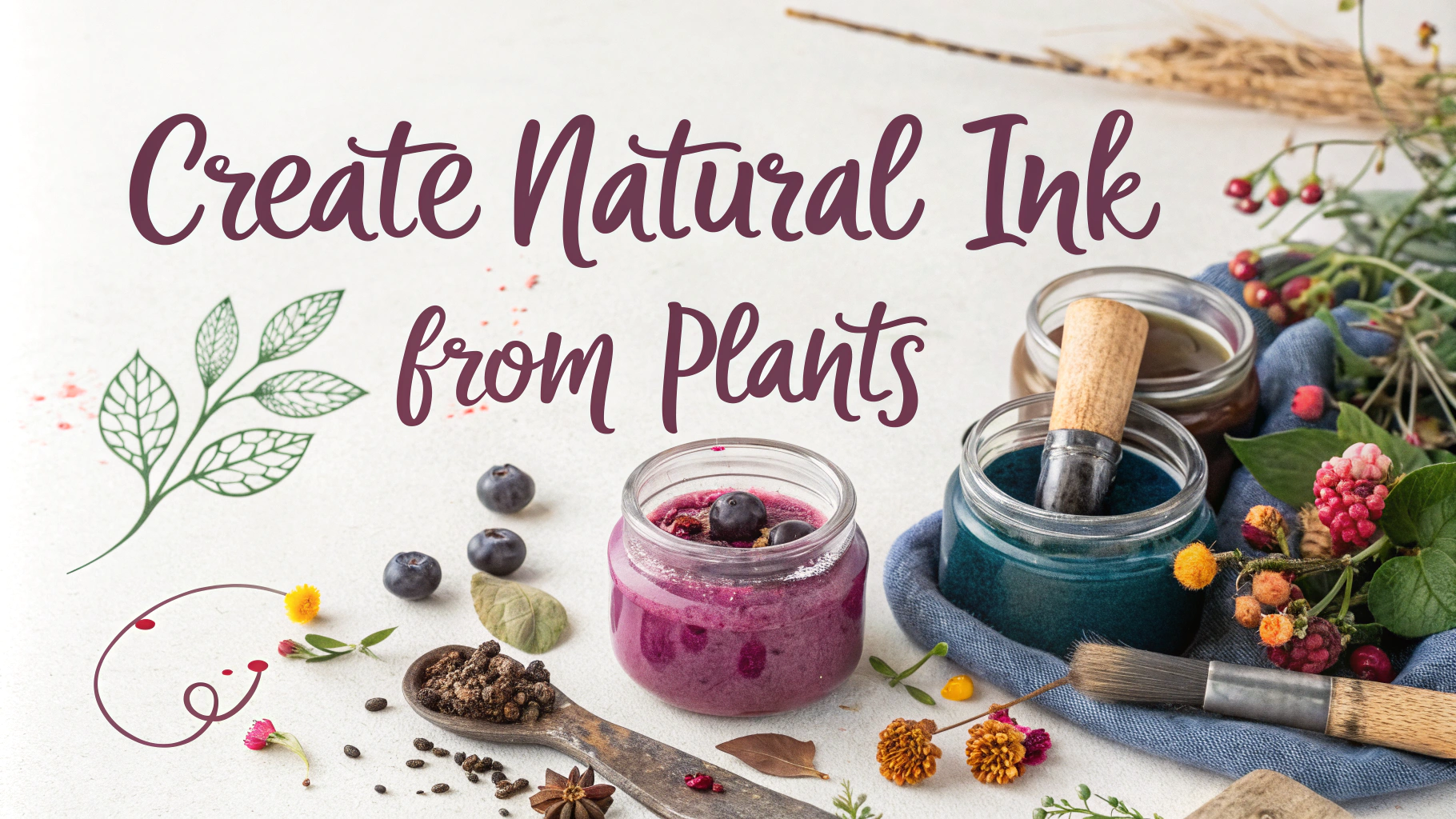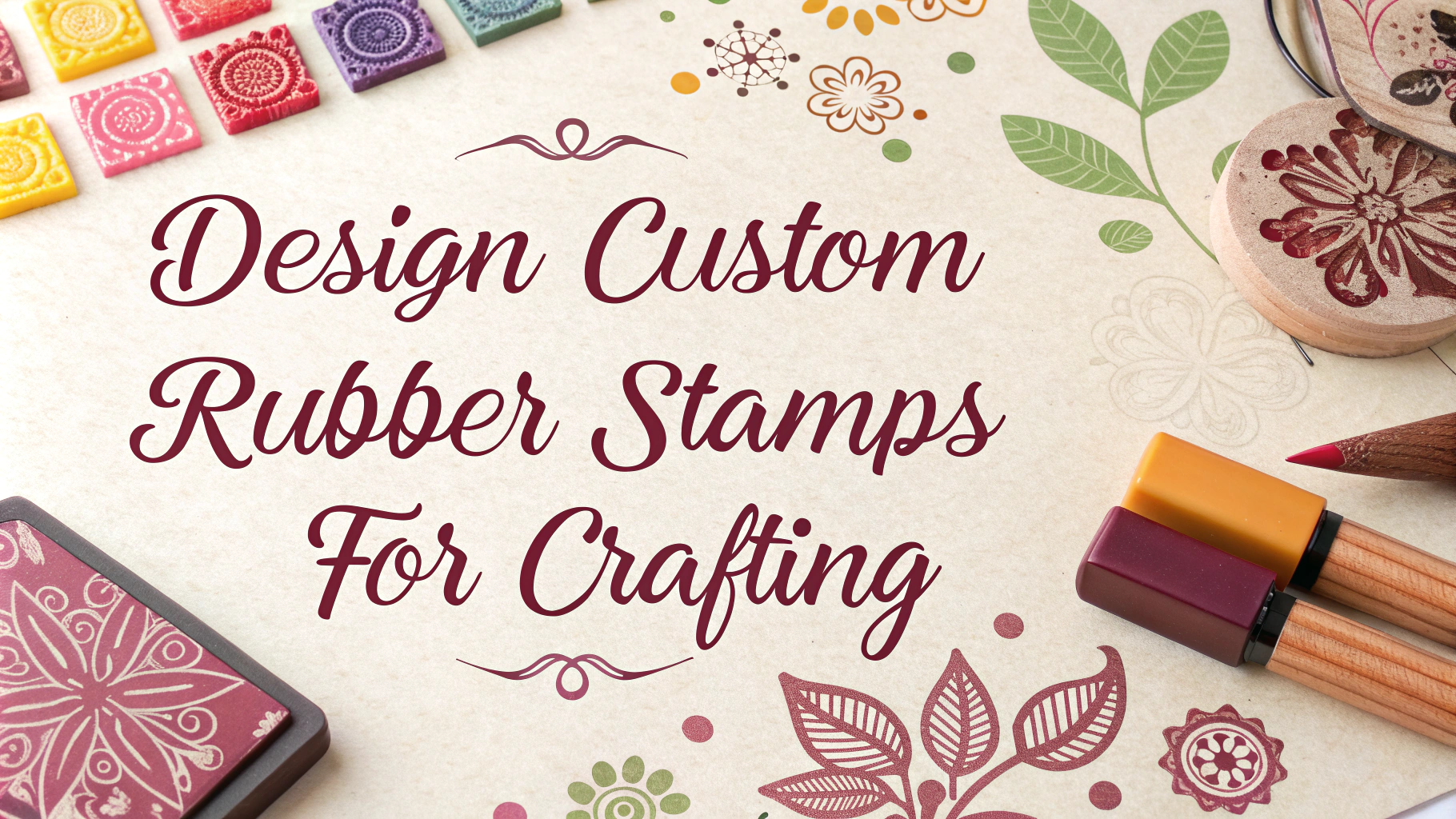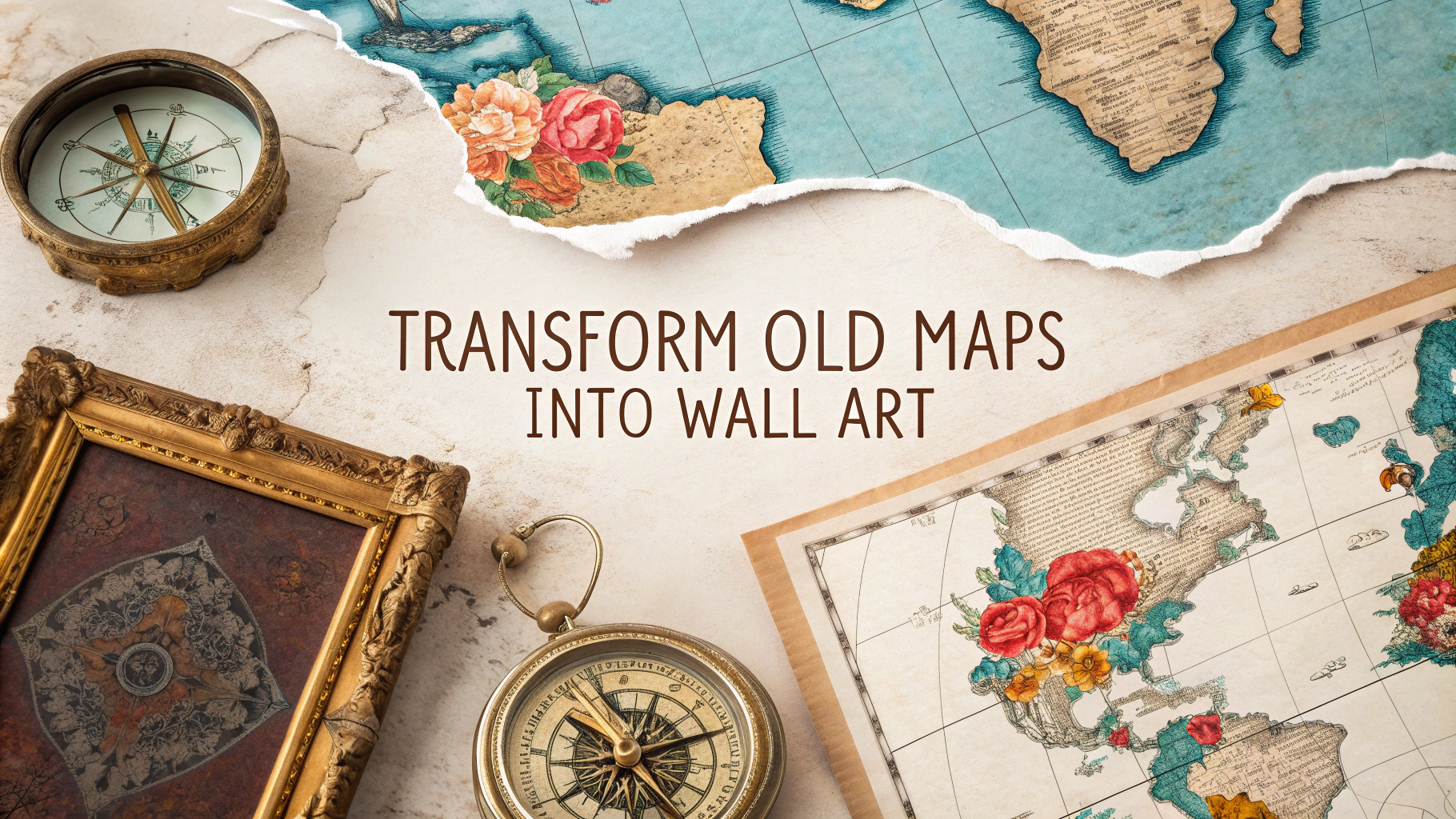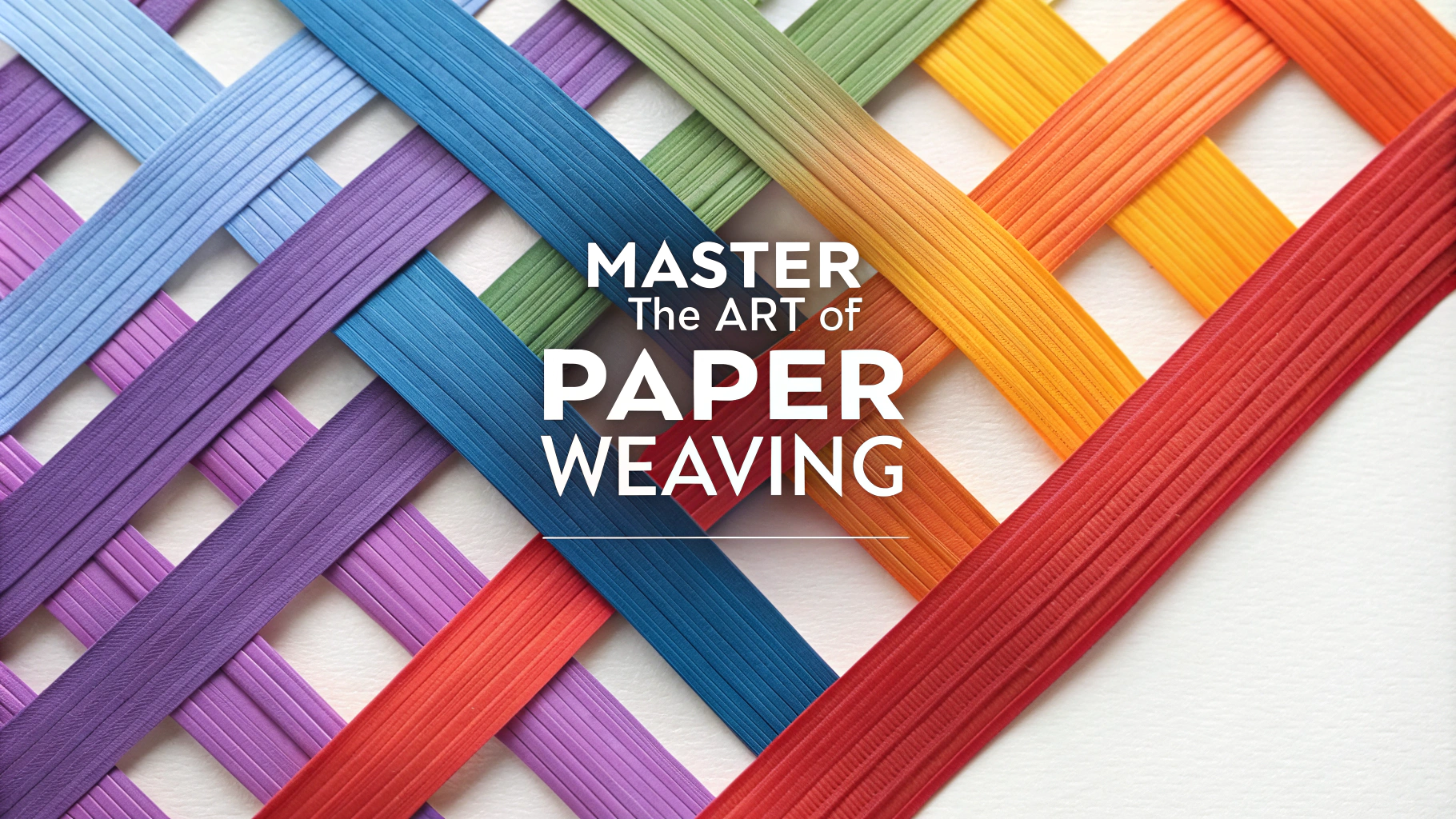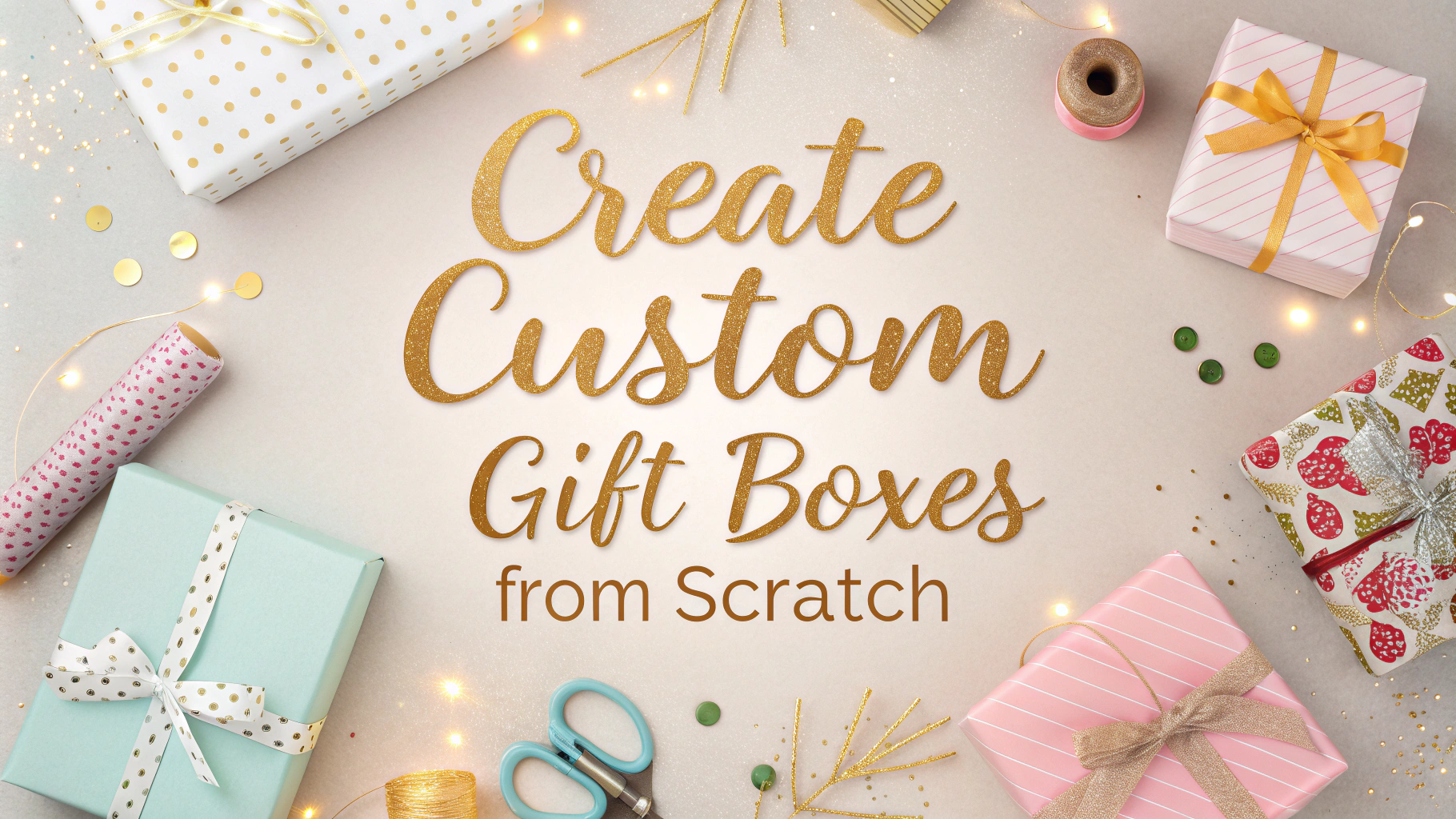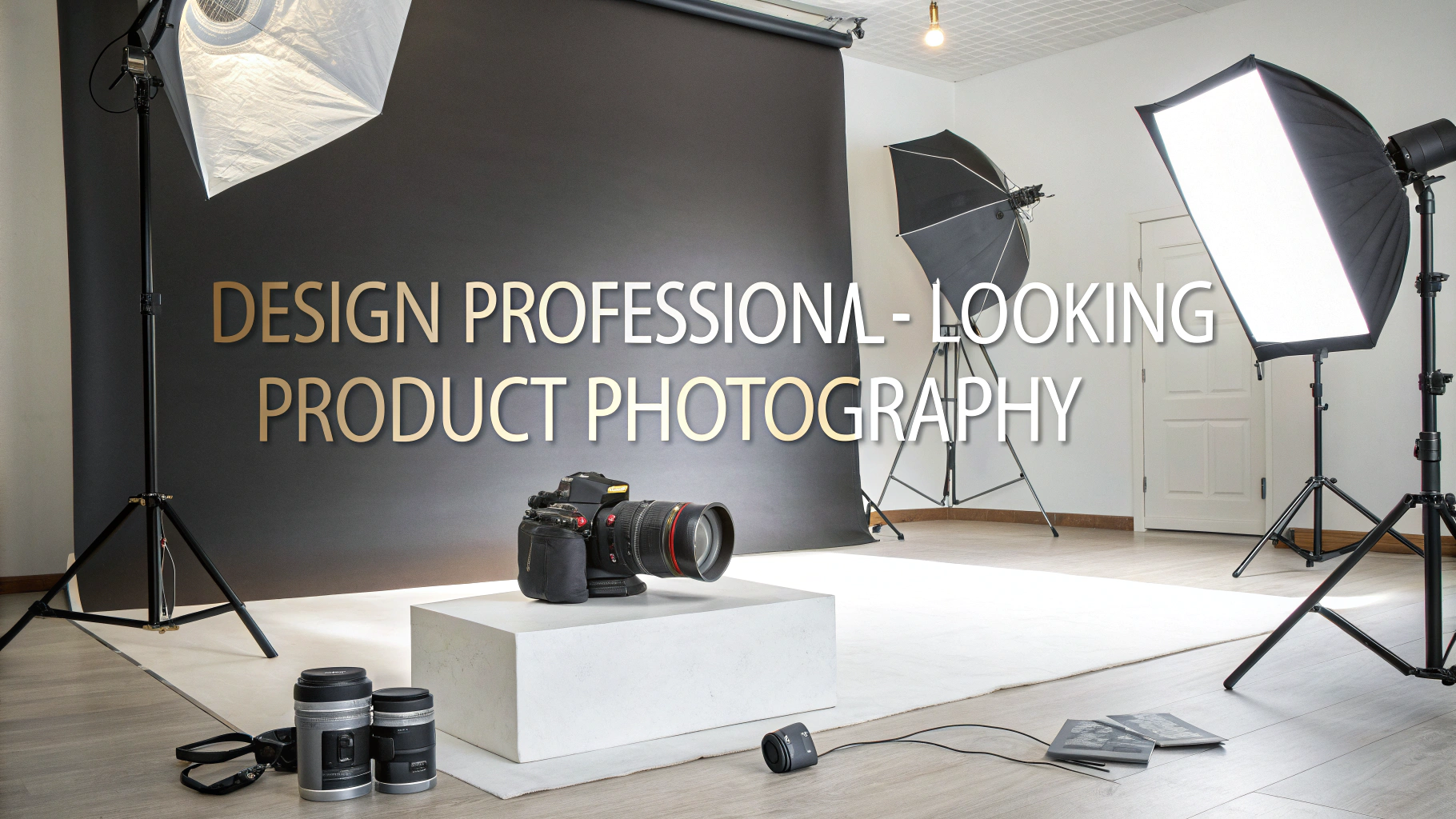Learning watercolor painting opens up a world of creative possibilities, from delicate washes to vibrant blooms of color.
Essential Watercolor Supplies
- Paper: 140lb (300gsm) cold-pressed paper from brands like Arches or Winsor & Newton
- Brushes: Round brushes sizes 4, 8, and 12; one 1-inch flat brush
- Paints: Student-grade sets from Cotman or professional tubes from Daniel Smith
- Palette: A white plastic or ceramic palette with wells and mixing areas
Basic Techniques
- Flat Wash: Load brush with paint and water, apply in horizontal strokes
- Graduated Wash: Start dark, gradually add water for lighter tones
- Wet-on-Wet: Apply paint to wet paper for soft, flowing effects
- Dry Brush: Use minimal water for texture and detail
Simple Projects for Beginners
- Sky and clouds using wet-on-wet technique
- Simple flower studies with gradual washes
- Abstract color experiments
- Basic landscape with three colors
Common Mistakes to Avoid
- Using too much water (leads to muddy colors)
- Overworking the paint
- Starting without a light pencil sketch
- Using low-quality paper
Mixed Media Integration
Combine watercolors with colored pencils, ink, or gouache for enhanced effects.
Practice Exercises
| Technique | Exercise | Time |
|---|---|---|
| Color mixing | Create a color wheel | 30 mins |
| Value control | Paint 5-step value scale | 20 mins |
| Brush control | Paint straight/curved lines | 15 mins |
Join local watercolor societies or online communities like Watercolor Society of America for additional resources and workshops.
Recommended Online Learning Resources
- Artists Network – tutorials and workshops
- Watercolor Affair – free lessons
- YouTube channels: Mind of Watercolor, In Liquid Color
Contact your local art supply store or community center for in-person watercolor classes and painting groups.
Color Theory Basics
- Primary Colors: Yellow, Blue, Red – foundation of mixing
- Secondary Colors: Green, Purple, Orange – mixed from primaries
- Complementary Colors: Opposite colors for dynamic contrast
- Temperature: Understanding warm vs cool tones
Advanced Techniques
Texture Effects
- Salt sprinkles for crystalline patterns
- Plastic wrap for organic textures
- Spattering for fine dots
- Lifting paint with tissue
Studio Setup
- Lighting: North-facing natural light or daylight bulbs
- Surface: Tilted drawing board (15-30 degrees)
- Water Container: Two containers – one for clean, one for rinsing
- Paper Towels: Always keep within reach
Preserving Your Work
- Store paintings flat until completely dry
- Use acid-free mats for framing
- Keep artwork away from direct sunlight
- Consider using UV-protective glass
Conclusion
Watercolor mastery requires patience, practice, and understanding of basic principles. Start with quality materials, master fundamental techniques, and gradually experiment with advanced methods. Regular practice and participation in the watercolor community will help develop your unique style and artistic voice.
Remember to document your progress and maintain a small sketchbook for daily practice. Whether pursuing watercolor as a hobby or professional medium, the journey of learning offers endless possibilities for creative expression.
FAQs
- What supplies do I need to get started with watercolor painting?
You need watercolor paints, watercolor paper (140lb or higher), brushes (round and flat), a palette, water container, paper towels, and a pencil for sketching. - How do I prevent my watercolor paper from warping?
Tape your paper to a board using artist tape or stretch it by soaking the paper and securing the edges until dry. You can also use watercolor blocks which are pre-stretched. - What’s the difference between wet-on-wet and wet-on-dry techniques?
Wet-on-wet involves applying paint to wet paper, creating soft, flowing effects. Wet-on-dry means applying paint to dry paper, resulting in more defined, controlled lines and shapes. - How do I create smooth color gradients in watercolor?
Begin with a consistent wash of your first color, then while still wet, introduce the second color and let them blend naturally. Maintain consistent wetness across the paper. - What’s the best way to fix mistakes in watercolor?
Lift color by blotting with a damp brush or paper towel, use a clean wet brush to soften edges, or let it dry completely and layer over it. For major corrections, use white gouache sparingly. - Why do my watercolors look muddy?
Muddy colors occur from over-mixing colors, using too many layers, or mixing complementary colors. Work with fewer layers and clean your brush thoroughly between colors. - How do I achieve white areas in my painting?
Either preserve the white of the paper by planning ahead and using masking fluid, or leave those areas unpainted. White watercolor paint should not be used for highlights. - What’s the proper paint-to-water ratio for watercolors?
For light washes, use more water (70% water to 30% paint). For medium washes, use equal parts. For intense colors, use more paint (70% paint to 30% water). - How do I prevent hard edges in my watercolor washes?
Keep a wet edge while painting, work quickly, and maintain consistent moisture. Use a damp brush to soften edges before they dry completely. - What’s the best way to layer watercolors?
Allow each layer to dry completely before adding the next. Work from light to dark colors, and keep layers thin to maintain transparency.

